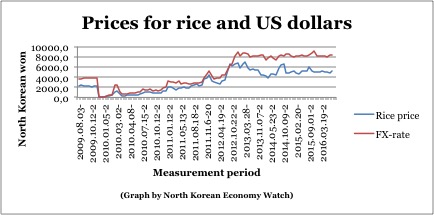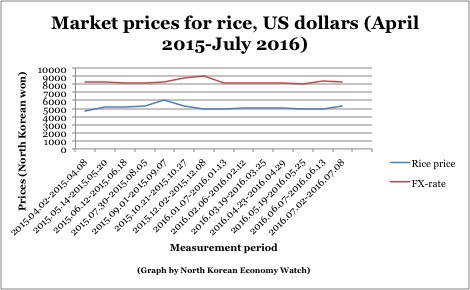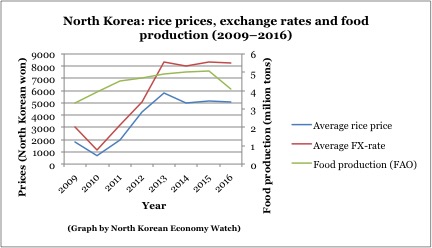Benjamin Katzeff Silberstein
An interesting example of how the transition from state-owned to private enterprise impacts the workings of certain firms. Daily NK:
North Korean ships from Sinuiju, North Pyongan Province are reportedly exporting in excess of 100 tons of sand and gravel into China each day.“Shipping firms from Sinuiju are earning foreign currency through contracts with private Chinese construction businesses. The North Korean authorities are supporting the operations after receiving orders to finance the export of coal and sand to China. They are also providing wages and food for the workers,” an inside source from North Pyongan Province told Daily NK on November 11.Additional sources in North Pyongan Province corroborated this information.The source added that although the city’s shipping industry was originally a state enterprise, that is no longer the case. The industry is now run by private enterprises that deal with the domestic and Chinese markets. When the operations were state owned, there were chronic shortages of capital and sailors were forced to use sub-standard vessels. The regime’s new policy – to let the industry rehabilitate itself through benign neglect – has allowed the businesses to revitalize themselves. By exporting sand across the Yalu River into China, these businesses have earned enough capital to purchase better vessels. A number of enterprises and the associated infrastructure has grown as a result.“As the volume of sand exported continues to rise, the shipping companies are inducing more service providers and factories to participate in the industry. The Anju Country 105 Sand Factory collects sand from the Chongchon River and transports it by way of the Yalu River to the shipping firms,” the source added.When asked about the scale of the trade, she noted, “Sinuiju Harbor sees a daily influx of Chinese boats that carry away more than 100 tons of sand and gravel. Because exports are continuing to climb, the shipping firms are using the capital to enter new industries such as coal export.”The North Korean enterprises see sand as an inexhaustible natural resource, the source explained, adding, “The more we sell, the better quality sand we can bring in. The enterprises are doing quite well for this reason. The factory cadres are accumulating vast sums of money, and continue to look for ways to increase their profits.”The flourishing business has also improved prospects for workers. Laborers in the sand and gravel collection factories can earn enough money to put food on the table for a family of four – with food provided to them plus approximately 50,000 KPW per month (U.S. 6.14) for extras.“The authorities are also using the opportunity to generate propaganda about the generosity of ruler Kim Jong Un,” the source asserted.The revitalization of the sand collection industry is a positive development from the point of view of the authorities, as all Yalu River sand enterprises are first and foremost responsible for the supply of Kim Jong Un’s pet construction projects, such as the Ryomyong Street Project.“The authorities can simply sit back and relax as they receive money, supplies, and credit for the success of the sand business. This reveals that the solution to North Korea’s problems is freedom of the market,” she added.As exports continue to increase, the donju (North Korea’s nouveau riche) have expanded the scope of their interests and investments. “First, they purchase a large boat. Next, under the pretense of being a shipping business, they start to branch off into other industries to make more money. The factories give the donju the authority to do the trading and receive 30% of the profits in return,” the source concluded.




